
I've started to work as a External Consultant for Equens Worldline, who lately merged with Atos – a French multinational information technology.
As the company is mostly into the financial business and as any company that is involved with OLTP Online transaction processing , an information systems that typically facilitate and manage transaction-oriented applications, e.g. in a mortal language takes care for a numerous companies Credit / Debit card online payments.
Of course the technologies used both on a Server / Data Center level and for Employee personal used are a bit old fashioned. In that relation, most of the computers, I've seen used by Worldline – Atos including my work PC notebook is still running a custom version of Windows 7.
Once I had the Computer ready with the OS from the HelpDesk colleague, then it was ready to install, unfortunately, I didn't have administrator account on the Lenovo L serie laptop so I couldn't install applications. To get around this I've used PortableApps – the world's most popular portable software solution allowing you to take your favorite software with you with no need for any Installation and on Win OS computers, where you have limited access.
PortableApps is fully open source and free platform, it works from any synced cloud folder (DropBox, Google Drive, Box, etc), from your local PC on an internal or external drive, or on any portable storage device (USB flash drive, memory card, portable hard drive, etc). Because the applicatons are installed without being really binded to the Win OS, once the PortableApps ported Application is installed it can be easily moved by simply copying between PCs.
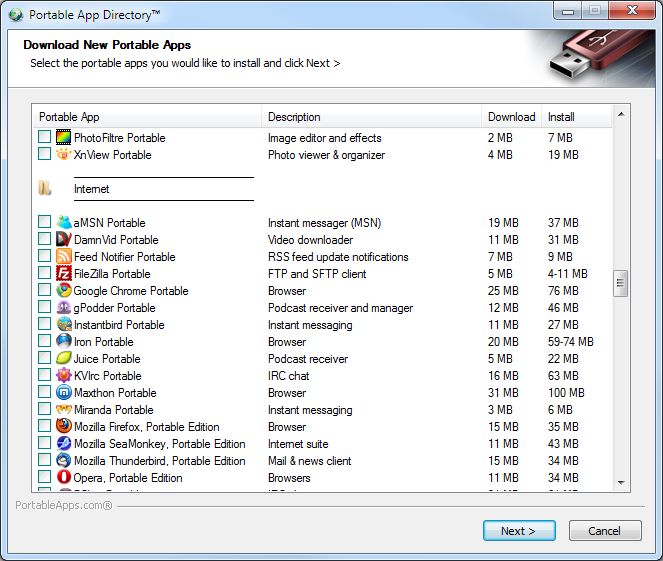
PortableApps.com is currently used by millions of users all over the world and is the Largest Portable full collection of open source and freeware software, compatible commercial software, and partners in hardware industry for Microsoft Windows.
As I do often with the Windows fresh installed Windows machines I have to work on, install the great set of tools prior described in must have software on any fresh installed Windows OS as this is essential if you're a sysadmin or Advanced user for the daily work with the WinBlows
OS Graphical Interface simplicity is a crucial thing to me, cause if I have to work with Windows and spendan 8 hours each day 5 days a week in front of the Computer Display with this Complex unnecessery coloring (that Windows 7 / Windows 10 default Theme introduced), together with the visual aids on the Window Minimize and Maximize, puts a useless additional eye strain and besides that "fries" the brain (as the brain has to process all this mambo-jambo "virtual" reality graphics turning all down and up and mixing up the gamma of unreal colors for nothing …
So far so good I've set the needed software from above list and continued further to Change my Windows start menu to look like Windows 2000. Start menu and Theme To be the Classic Theme.
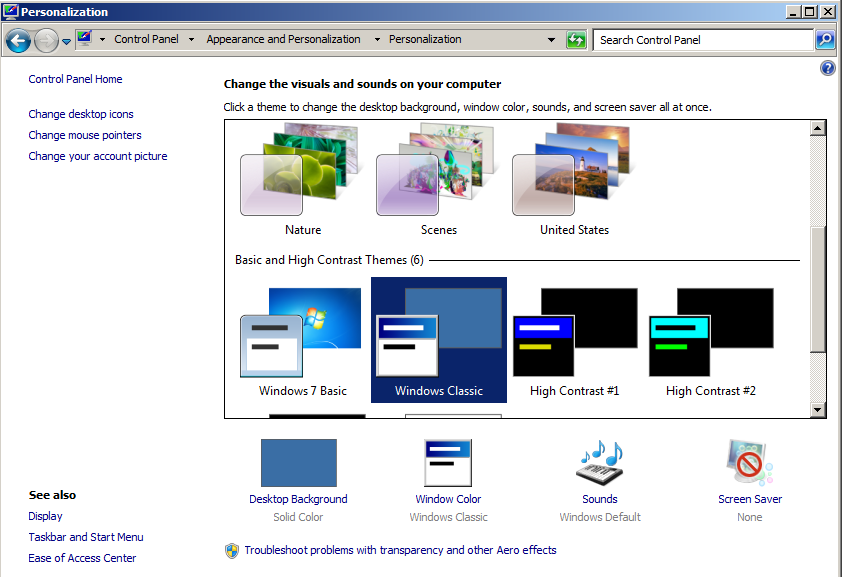
After setting up the Windows Classic Theme (which by the way is unfortunately, no longer available in Windows 10), I love to set my Windows Background picture to be a Sold Black Color, I do this as Black color is the less exhausting for the eyes – as one views the desktop picture thousand times and this is extra unnecessery work for the brain.
However next, unpleasant thing faced is even though now my Windows Start and Windows borders looked old-fashioned in the Windows 2000 Server, "wooden" style, the order of my (Open) Running applicaitons on the start menu bar were not isolated but were mixing, with the rest of my Pinned Program Starter icons

! Notice the Windows Media player icon being in the middle between the Lync, Firefox, Chrome and Internet Explorer line … !
I spend some time to rewind some memories on how I did make the pinned program to distinguish itself (separate) from the rest of the Opened Runnign Windows, and had in mind that I used some kind of separator added custom Toolbar, but the bad thing was I couldn't remember exactly how so I spend some good amount of time to Google around.
And found few articles on the topic proposing to add a new Custom empty launcher program of cmd.exe and change the icon of the empty launcher to a | graphical string
I've tried a lot of this approach but it didn't work and after some experimentations, finally I figured it out. The way to do it is to add a New Toolbar that is Pointing to a Directory with a list of Programs whose icons you want to have listed with icon launchers next to Start menu.
Here is step by step what I've done to achieve configuration of Hard Separator Delimiter between my Program Launchers and Running Applications.
1. Create a New Folder somewhere under your User Home directory, lets say:
C:\Users\Username\TaskbarPrograms
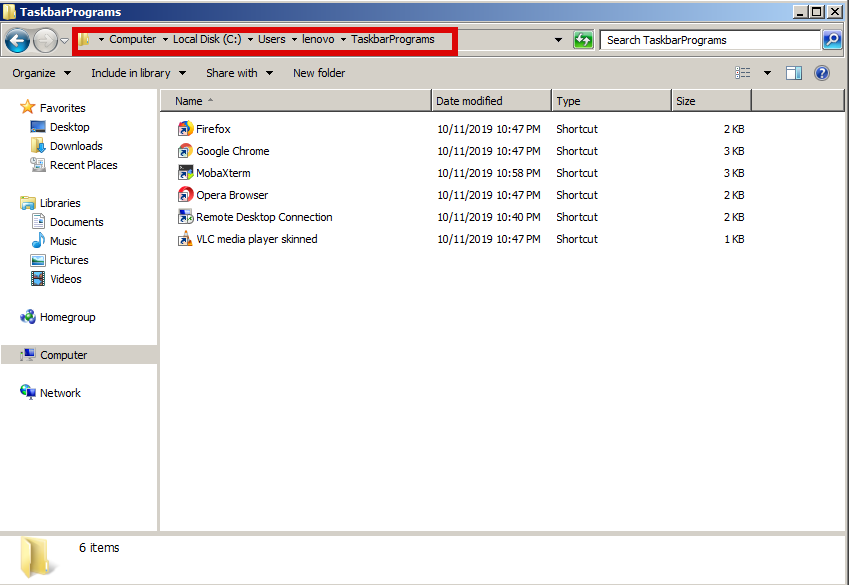
2. Add a shortcut or copy the programs starters (icons) to the TaskBar Programs
3. Unlock the Windows 7 Taskbar
E.g. Click over on any of the empty space on the taskbar after Windows Start menu button and untick Lock the Taskbar
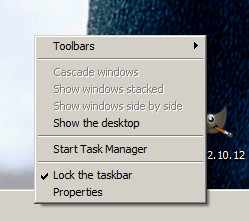
4. Remove any Pinned programs (you have placed there earlier)

5. Again On an empty place on the Taskbar press the last button Mouse (Rightest button) to open Taskbar properties menu and
Go to ToolBars menu and Choose (New Toolbar)
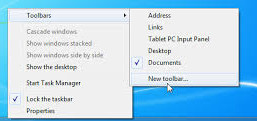
6. As a location for the new toolbar place C:\Users\Username\TaskbarPrograms
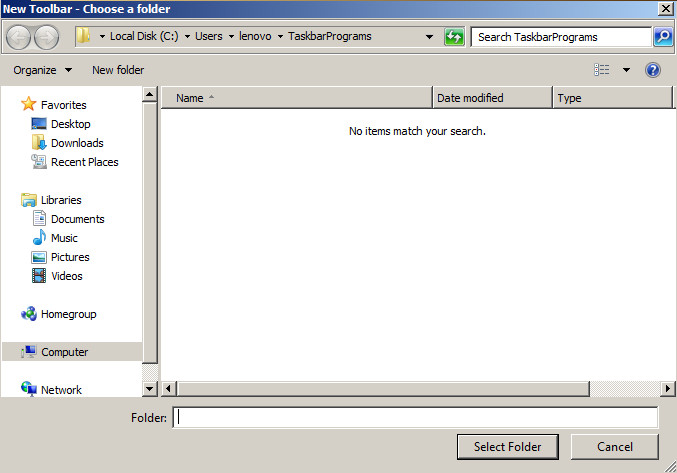
The result should be that all the programs in the selected folder will appear in the Windows pane

8. Now go over the empty space of the Windows start menu bar
and untick Show Text / Show Title
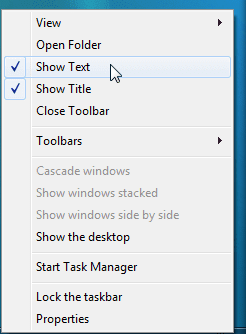
9. Hold over the Taskbar Programs holder and drag and drop it constantly holding the left mouse button
and place it over the default separator Holder (for clarity marked in below screenshot as Marked over here).

10. Move the default separator that will appear on the left close to the list of shown applications
(shown in screenshot)
![]()
11. Open any of the applications (e.g. Firefox, Chrome, MobaXterm, Opera, RDP, VLC) the result should be a fine ordered icons. Hooray !!!
![]()
12. To make more space for the Opened Active (Running) Windows, a good hint is to stretch the start menu pane field – this is done by holding a right mouse button on the edge of the gray line, like shown in below screenshot.

Note that, you will need to remove any icons that are left over binded to the default separator (holder).
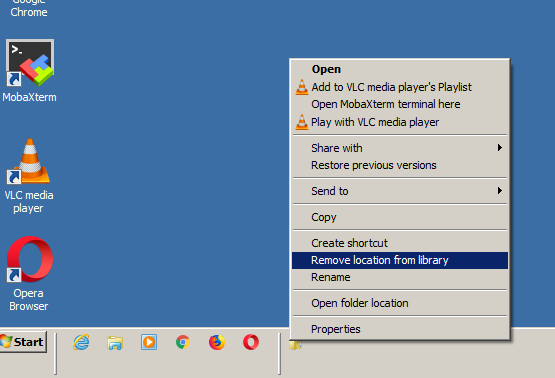

13. Finally on the Taskbar (empty space) menu with the Mouse, click again right mouse button and tick on the Lock the Taskbar
That's it now your Windows 7 start menu bar will look pretty much like Linux's GNOME 2.x and GNOME Mate, and if you're a a long years Linux Desktop user you will feel at home even on Windows 7.
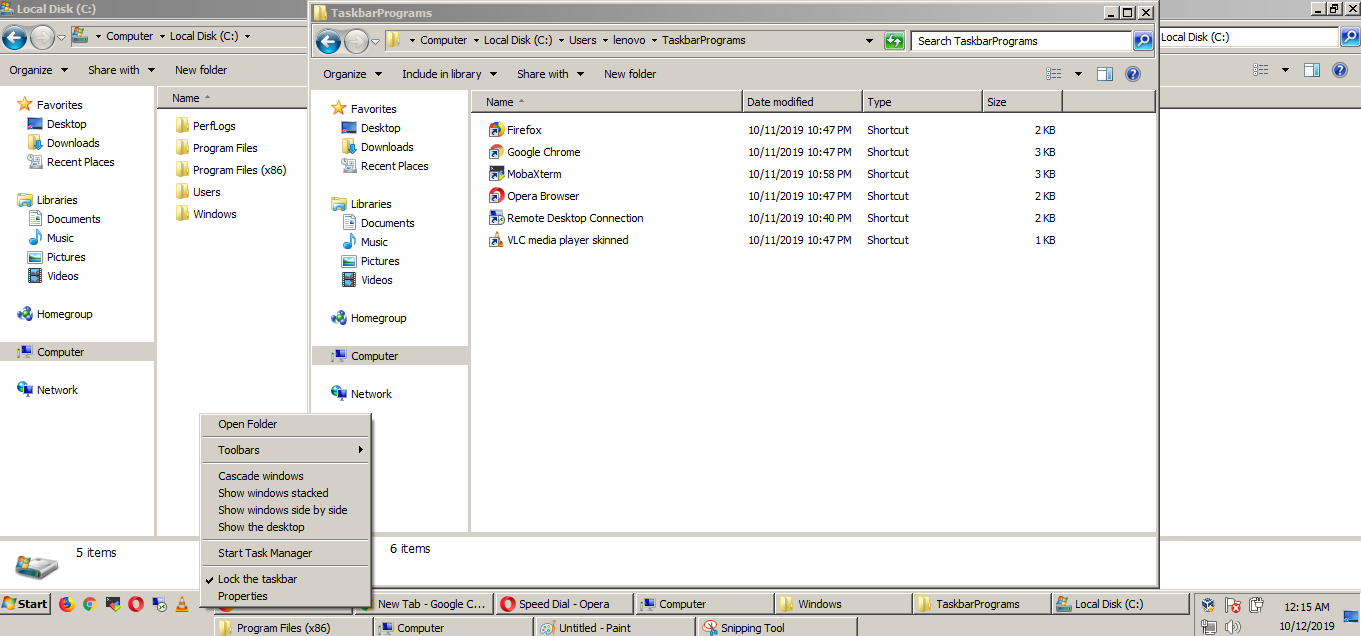
To further tweak the Taskbar a very useful Program is Windows 7+ Taskbar Tweaker
"7+ Taskbar Tweaker allows you configure various aspects of the Windows taskbar which can't be tweaked via registry or taskbar properties. The tweaker is designed for Windows 7, Windows 8, Windows 8.1, and Windows 10.

I install it mostly because one single feature Combined Grouped Buttons which makes similar Windows to group together. Just having a number of Windows of the same type floating around the Taskbar is really irritating and becomes really confusing once multiple windows.
For example if you have opened 10 Windows of Explorer they will be group under the same window title pointer.


To make the Windows even more bizarre and feel more like a Linux powered Box go on and install MobaXterm as a substitute for Linux's gnome-terminal as well as the rest of things such as CygWin / GNUWin32 / GVim etc.
Also some good start up list of software I do install on new Windows Desktop PCs is described in my previous article Some standard software programs to install on Windows to make your Windows feel more like a Linux / Unix Desktop host
This time I did not needed that but on other locations another Windows useful hint I use every now and then is to set some custom programs (Lets say a PortableApps program) to Automatically run – described earlier in my earlier article how to add startup Windows 7 / 8 program run on startup.
P.S. I've tried to setup the same Classic Theme and Start menu button with the same order on Windows 10 OS, but even though a similar interface could be achieved, I've had problems with setting up the proper Running application Ordering, due to a different behavior of the Delimiter / Separators in Windows 10.
For me this Custom Windows interface and Window ordering works pretty well it saves me a lot of the eye strain and brain overcalculation for nothing.
After all, Lets not forget that God is in the Simplicity ! 🙂
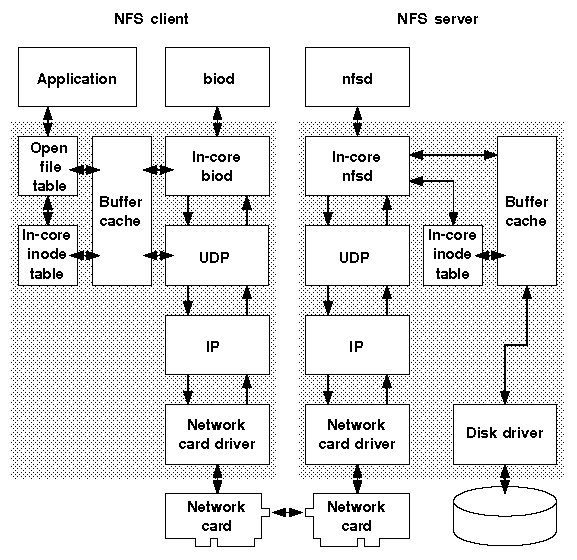

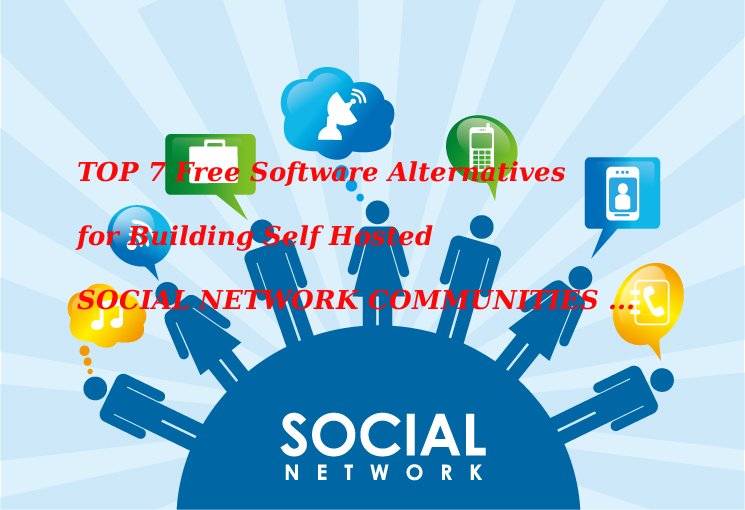



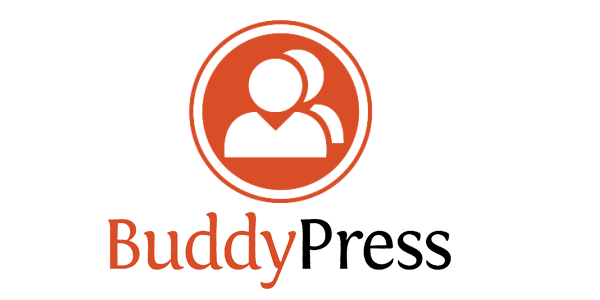




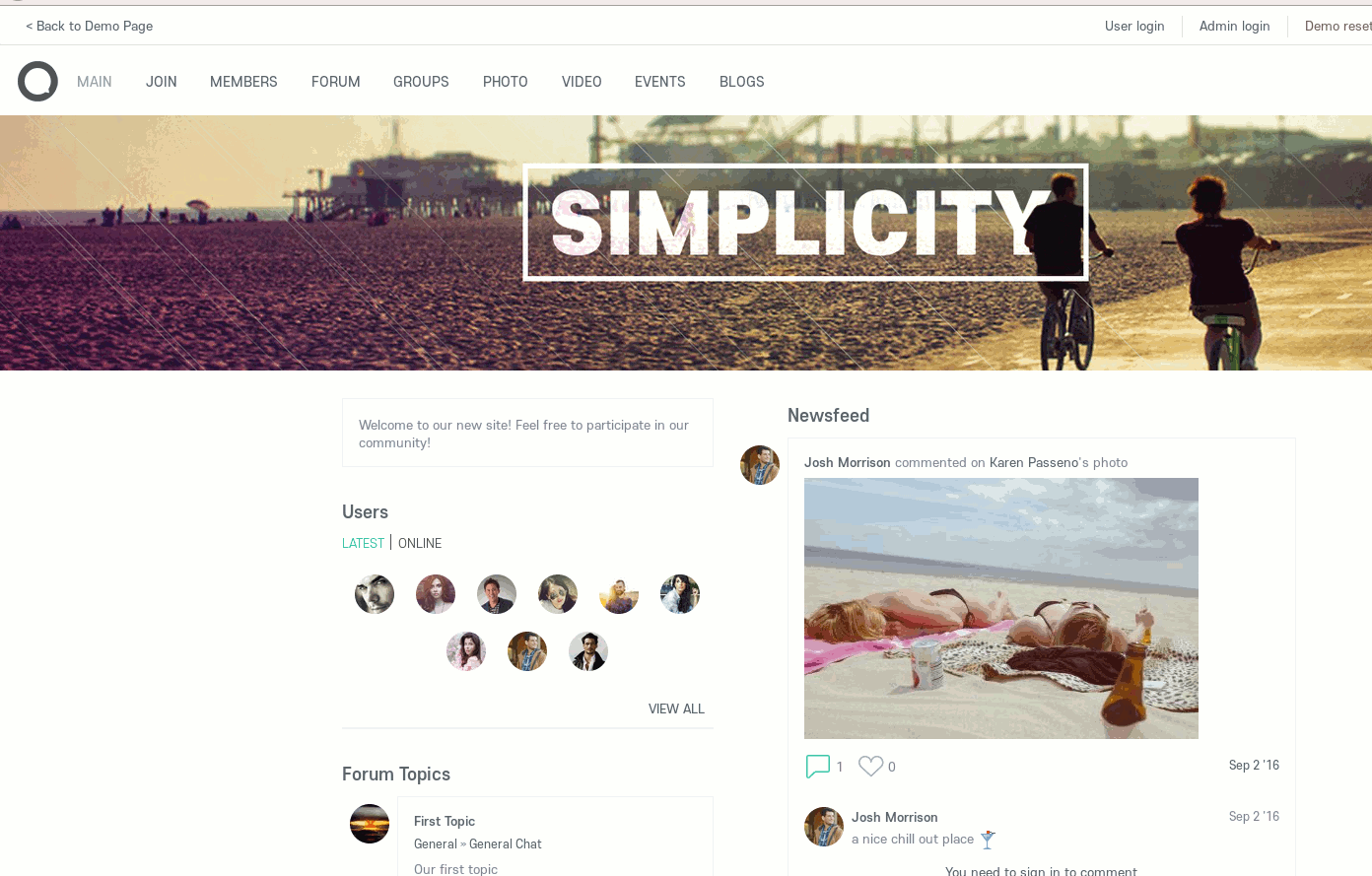


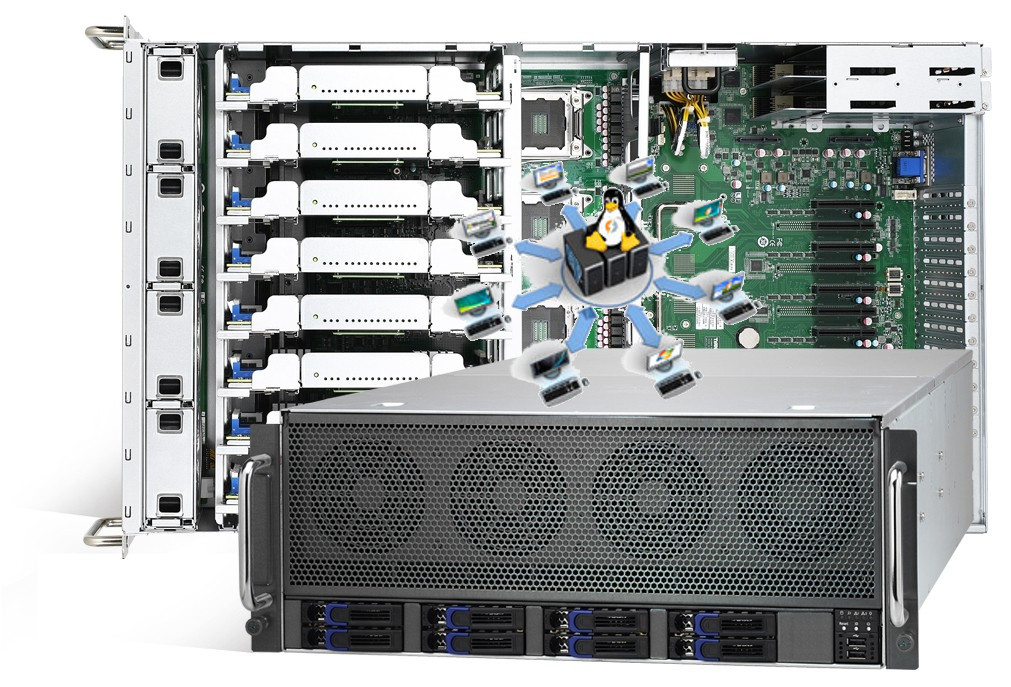





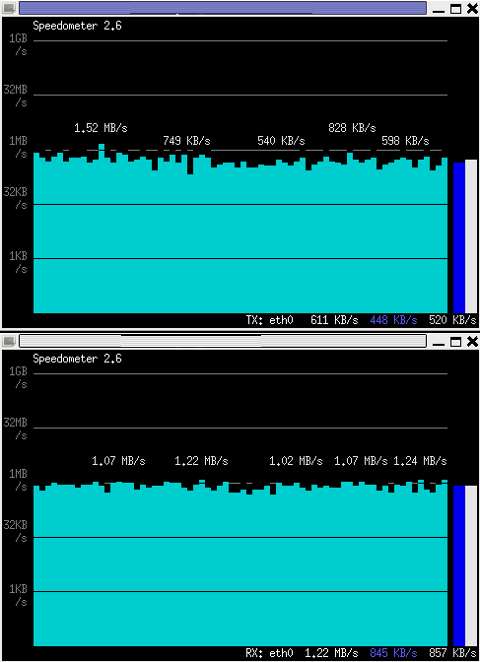
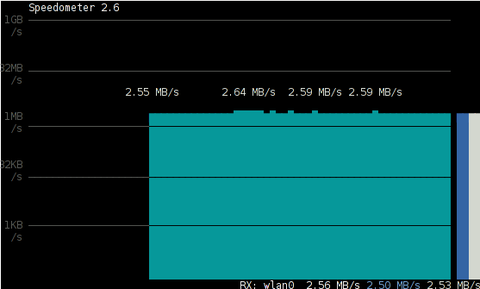
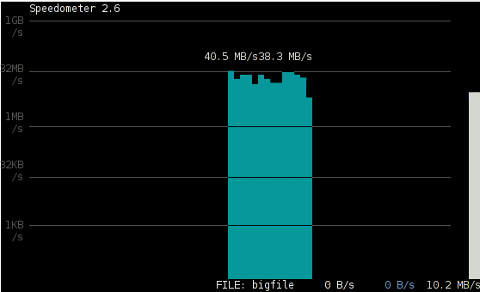
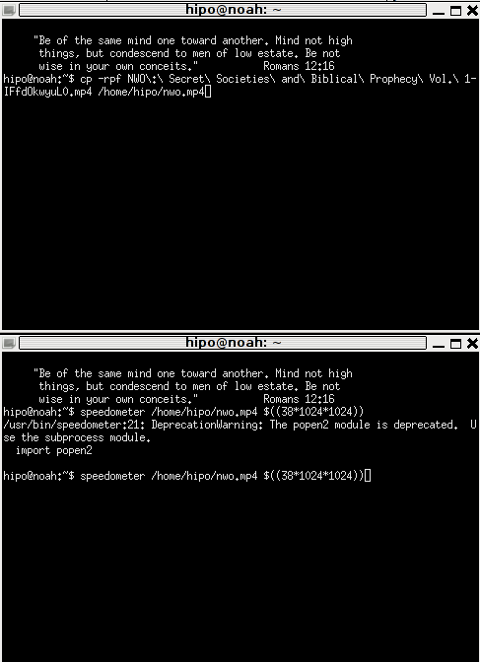
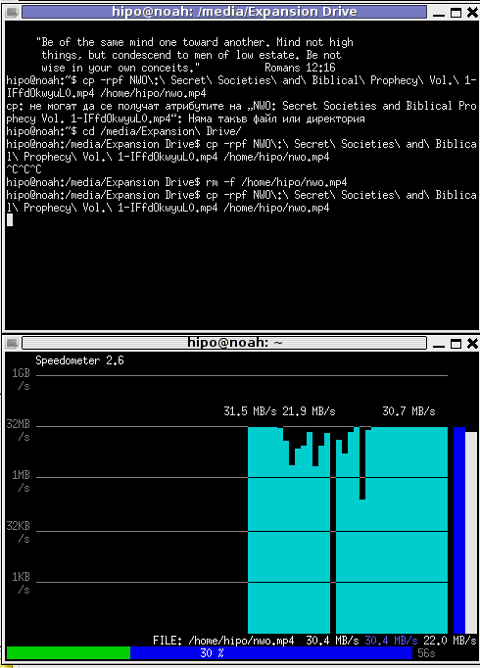





Baby boomers and Generation X, Y, Z – Generational Marketing and 4 Common personality stereotype traits of people born over the last 60 years
Saturday, August 18th, 2018Those who are employed in the realm of Social or Internet Marketing definitely have to know the existence of at least 4 different conditional stereotypes, these are Baby Boomers and Generation X, Generation Y and Generation Z (Millenials).
According to Socielogist Karl Mannheim (who is among the founding fathers of classical socielogy) – "All members of a generation share a similar collective experience" or in other words people are categorized in generations depending on when they were born.
As stereotypes they're generalization of people born in different periods of time and sharing same or similar traits.
Because of the age and the conditions they grew up and as they share those general spirit of time and age, they tend to be more or less behaving in a similar ways in how they think save / spend money or share some common approach to life choices and attitude towards life and worldview.
But before proceeding to the 4 main cohert provisional stereotypes, its worthy to mention how these four common trait generations came to existence with a little bit of pre-history.
The pre WW I and WW II world situation and the First and Second World War played a pivotal role in forming the social conditions necessery for the development of the baby boomers.
* The depression Era people
Born in period: 1912 – 1921 who came at full maturity around 1930-1939 right in the beginning of WW I (all of whom are already deceased) as of 2018 as a cause of the war uncertainty and the havoc and the war conditions were very conservative, compulsive savers, tried their best to maintain a low debt. They had the mindset (responsibility) to leave some kind of legacy to their children. They were very patriotic, oriented towards work before pleasure, had a great respect for authority and had a strong sense of moral obligation. For all this character traits of this people undoubtfully a key role played the strong belief in God mostly all people had at the time.
The next in line conditional stereotype of people that came to earth are the:
* The World War II Generation
Born in year period: 1922 to 1927 who came to a mature age exactly at the terrible years of Second World War.
People of that time were either fighters for or against the Axis Powers or the Central Powers with the common shared goal to fight against the enemy (of course there are multiple of people who were just trying to survive and not taking a side in this meaningless war).
The current amount of people living are estimated to few million of deathbed elders worldwide.
As above conditional generations types mentioned are of importance for historical reasons and most of the people belonging to those depression pre WWI and WW II era are dead or just a few millions an overall in un less-consuming age (excluding the medicine consumption which is higher compared to youngsters).
I'll further proceed further with the Baby Boomers, GEN X, Y, Zs who are de-facto the still active members participating to society and economy more or less.
So what are these 4 Stereotypes of Generations that and why are so important for the modern marketers or business manager?
1. BABY BOOMERS also called for a short (Boomers)
These are people who have been defined by a birth year range (period) from early to mid 1940s until 1960 and 1964.
In Europe and North America, boomers are widely identified with privilege, as many grew up in a time of widespread government subsidies in post-war housing and education, and increasing affluence.
As a group, baby boomers were considered the wealthiest, most active, and most physically fit generation up to the era in which they arrived, and were amongst the first to grow up genuinely expecting the world to improve with time. They were also the generation that received peak levels of income; they could therefore reap the benefits of abundant levels of food, apparel, retirement programs, and sometimes even "midlife crisis" products. The increased consumerism for this generation has been regularly criticized as excessive (and that's for a good reason).
One feature of the boomers was that they have tended to think of themselves as a special generation, very different from those that had come before or that has come afterward. In the 1960s, as the relatively large numbers of young people became teenagers and young adults, they, and those around them, created a very specific rhetoric around their cohort, and the changes they were bringing about. This rhetoric had an important impact in the self perceptions of the boomers, as well as their tendency to define the world in terms of generations, which was a relatively new phenomenon. The baby boom has been described variously as a "shockwave" and with a methapors such as as "the pig in the python".
2. Generation X / GEN X
Generation X is considered the people born in the following birth year period 1960 forward in time until 1980s. A specific feature in the 60s-80s period was the shifting societal values, perhaps the spring of this generation was also connected to the increasing role and spread of communism in the world.
Sometimes this generation was referred as the "latchkey generation".
The term generation X itself was popularized largely by Douglas Coupland in his novel 1991 novel Generation X Tales for an Accelerated Culture
A very common trait for Generation X was the reduced adult supervision over kids when compared to previous generations a result of increasing divorce rates and the increased role of one parent children upbringing (in most cases that was the mother) which had to be actively involved as a workforce and lacked physically the time to spend enough time with its children and the increased use of childcare options in one parent families.
They were dubbed the "MTV" (Music Television) generation – that was a hit and most popular music TV in the early 1990s.
The kids representing generation X were described as slackers, cynical and disaffected.
The cultural influences dominating the tastes and feelings of the teen masses of that generation was musical genres such as punk music, heavy metal music, grunge and hip-hop and indie films (independent films) produced outside of the major film studio system.
According to many researches in midtime those generation are described as active, happy and achieving a work-life balance kind of lifestyle.
People belonging to Generation X are described as people with Enterpreneural tendencies.
Just to name a few of the celebrities and successful people who belong to this generation, that's Google's founder Sergey Brinn & Larry Page (born in 1973), Richard Stallman (founder of Free Software movement) as well movie and film producer celebrities such as Georgi Clooney, Lenny Kravitz, Quantin Tarantino, Kevin Smith, David Fincher etc.
According to United Kingdom survey study of 2500+ workers conducted by Workfront, GEN X are found to be among the hardest working employees in today's workforce. They are also ranked high by fellow workers for having a strong work ethics (about 59.5%), being helpful (55.4%) and very skilled (54.5%) of respondents as well marked as the best troubleshooters / problem solvers (41.6%) claimed so.
According to research conducted by Viacom, gen x they have a high desire for flexibility and fulfillment at work.
3. Generation Y (Millenials) – GEN Y
Following Generation X came on earth Genreation Y the birth period dated for this kids were years are stretchy year period that this generation is described are years 1980s – 1990s to yearly 2000s where birth period range of those ppl ends.
This kids are descendants of the GEN X and second wave Baby Boomers.
In the public this generation is referred as "echo boomers".
The Millenials characteristics are different based on the region of birth, they're famous for the increased familiarity with communication, media and digital technologies.
There upbringing was marked by increase in liberal approach to politics.
The Great recession crisis of the 2000s played a major impact on this generation because it has caused historical high levels of un-employment among youngsters and led to a possible long term economic and social damage to this generation.
Gen Y according are less brand loyal and the speed of the Internet has led the cohort to be similarly flexible and changing in its fashion, style consciousness and where
and how it is communicated with.
As I am born in 1983 me and my generation belongs to Generation Y and even though Bulgaria before 1991 was a Communist regime country, I should agree that I and many of my friends share a very similar behavior and way of thinking to the GEN Y stereotype described, but as I was born in a times of transition and Bulgaria as a Soviet Union Satellite at the time has been lacking behind in fashion and international culture due to the communist regime, me and my generation seem to be sharing a lot of common stereotype characteristics with Generation X such as the punk-rock, metal, hip-hop culture MTV culture and partly because of the GEN X like overall view on life.
Among most famous representative successful people of the Millenials generation are Mark Zuckerberg (Facebook founder), Prince William (the second in line to the British throne), Kim Jong Un (the leader dictator of North Korea) etc.
4. Generation Z ( GEN Z) / iGeneration / Generation Sensible (Post Millenials)
Following Millenials generation is GEN Z, demographers and researchers typically set as a starting birth date period of those generation 1990s and mid 2000s. As of time of writting there is still no clear consensus regarding ending birth years.
This is the so called Internet Generation because this generation used the internet and Smart Mobile Phone technology since a very young age, they are very confortable with technology (kinda of wired) and addicted to social media such as Facebook / Twitter / Instagram etc. Because of the level of digital communication, many people of this generation are more introvert oriented and often have problems expressing themselves freely in groups. Also they tend to lack the physical communication and more digitally community oriented, even though this depends much also on the specific personality and in some cases it is exactly the opposite.
* Summary
As a Marketer, Human Resources hiring personal specialist, a CEO or some kind of project / business manager it is a good idea to be aware of these 4 common stereotypes. However as this are stereotypes (and a theory) as everything theoritized the data is slighly biased and untrue. The marketer practice shows that whoever conducts a marketing and bases his sales on this theoritizing should consider this to be just one aspect of the marketing campaign those who are trying to sell, stuff ideas or ideology to any of those generation should be careful not to count 100% on the common traits found among the above 4 major groups and consider the individuality of person everyone has and just experiment a little bit to see what works and what doesn't.
Also it should be mentioned these diversification of stereotypes are mostly valid for the US citizens and Westerners but doesn't fully fit to ex-communist countries or countries of the Soviet union, those countries have a slightly different personality traits of person born in any of the year periods defined, same is more or less true for the poor parts of Africa and India, Vietnam, China and mostly all of the coomunist countries ex and current. It should be said that countries who belonged to the Soviet Union many of which are current Russian Federation Republics have a personality traits that are often mixture of the 4 stereotypes and even have a lot of the traits that were typical for the WW I and WW II generations, which makes dealing with this people a very weird experience.
Nomatter the standard error that should always considered when basing a marketing research hypothesis on Generational Marketing (using generational segmentation in marketing best potential customer targets), having a general insight and taking in consideration those stereotypes could seriously help in both marketing as well as HR specific fields like Change Management.
If you're a marketer, I recommend you take a quick look also on following very educative article Generational Makarketing and how to target each of the GEN X, Y, Z and Baby Boomers and what works best for each of them.
Nomatter what just like all Theories, the theory of Boomers and the Generation segmantation is not completely true, but it gives a good soil for reasoning as well definitely helps for people involved in sociology and business.
Comments and feedback on the article are mostly welcome as the topic is very broad and there is much more to be said …
Hope the article was interesting to you ….
What was your Generation like?
Tags: about, Achieving, africa, against, age, ALL, amount, birth, Comments, common, generations, key role, last, MTV, periods, personality, python, time, times, years
Posted in Business Management, Curious Facts, Economy, Educational, Politics, Psychology | No Comments »